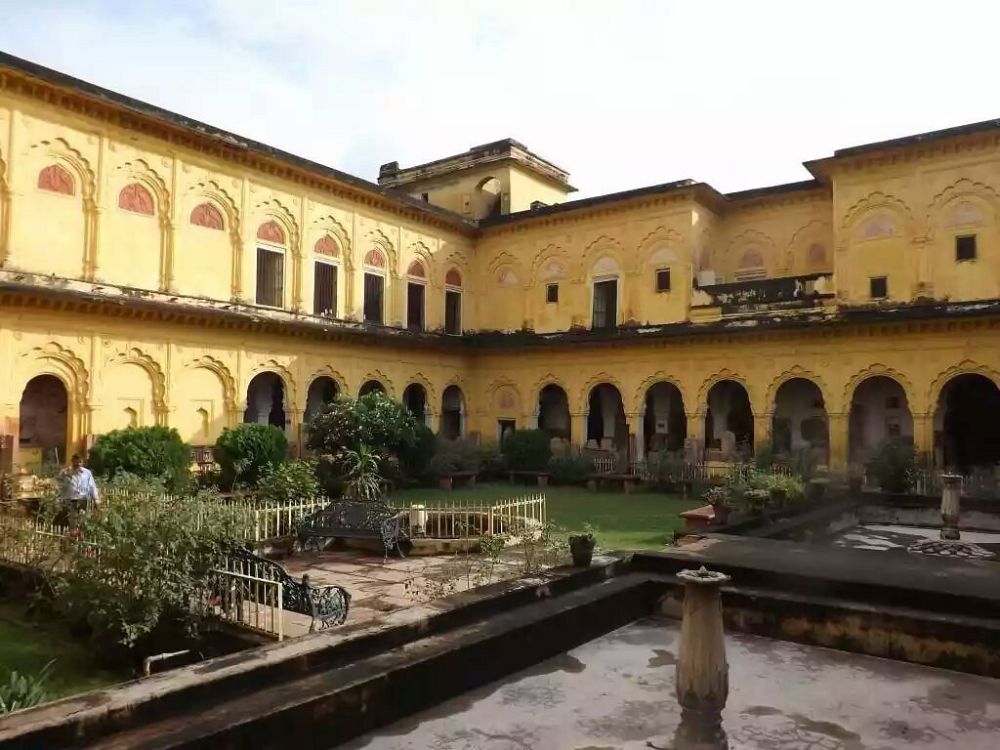

The city of Jhansi in Uttar Pradesh, India, is closely associated with the valiant queen Rani Lakshmi Bai, widely known as the Rani of Jhansi, one of the leading figures of India's First War of Independence in 1857. The Rani Mahal, her royal residence, has since become an important historical site and a prominent tourist attraction in the region.
The Rani Mahal was constructed in the 18th century and served as the palace of Rani Lakshmi Bai. Following the siege of Jhansi in 1858, and as the British forces took control over the region, the palace witnessed substantial changes. Despite bearing the scars of battle, Rani Mahal stood as a testimony to the resilience and the martial spirit of its former queen and the people of Jhansi.
In the years that followed, Rani Mahal gradually transformed from a royal residence into a historical monument, opening its evocative corridors and arches to locals and tourists alike. It has been preserved and maintained by the Archaeological Survey of India, which recognizes the palace as a site of national importance.
The Rani Mahal is a fine example of North Indian architecture with a touch of Mughal style. The palace is a two-story building with flat roofs and open courtyards. Its main attractions include the Darbar Hall, where the queen held court, and the arched chambers that once housed royal attendants. The walls and ceilings of the palace are adorned with intricate frescoes that depict various scenes from Hindu mythology, adding to the site's cultural richness.
Tourism at Rani Mahal has a fairly recent history. It was only post-Independence that the site's significance was formally recognized. The Rani's gallant stand against the British was highlighted during the rise of nationalist sentiments, and her palace became a symbol of resistance and independence. Throughout the latter half of the 20th century, Rani Mahal saw a steady influx of visitors.
In recent years, the promotion of heritage and cultural tourism by the Indian government has shone the spotlight on historic sites like Rani Mahal. The palace has benefited from a variety of conservation efforts and infrastructure improvements aimed at enhancing visitor experience. Incorporating modern amenities while preserving the site's authenticity has become a trend in this sector.
Today's visitors can enjoy a sound and light show that narrates the story of Rani Lakshmi Bai and the history of the palace, bringing the past vividly to life. Educational tours for students and guided tours for visitors are increasingly common, emphasizing the palace’s historical significance and fostering a deeper understanding of India’s rich heritage.
As tourism continues to evolve, Rani Mahal is poised to remain a significant destination for those interested in the history and culture of India, attracting visitors from around the globe.
Visiting Details:
Rani Mahal is open to tourists year-round, with the best time to visit being from October to March when the weather is cooler. Tourists are advised to check local timings and any available guided tours to plan their visit accordingly.